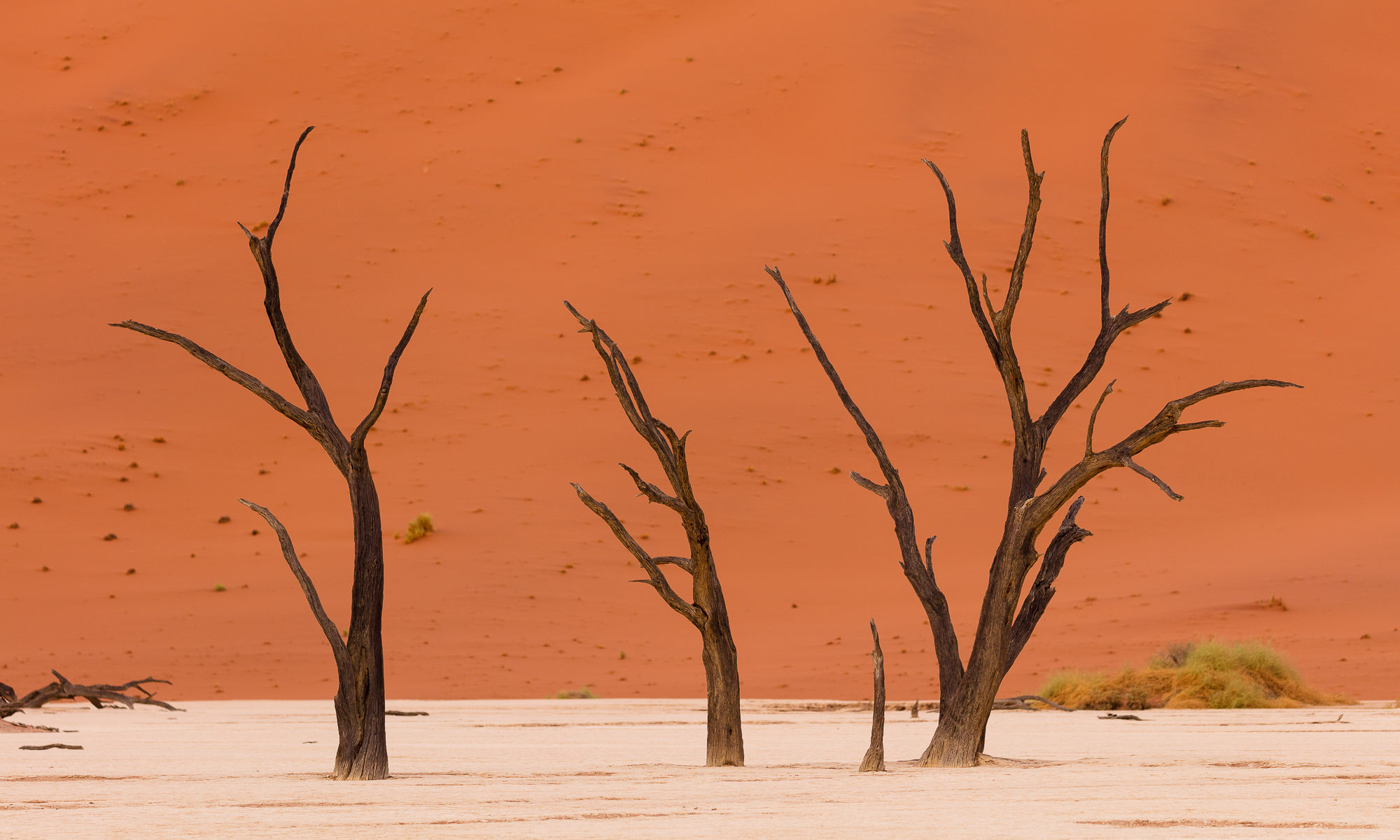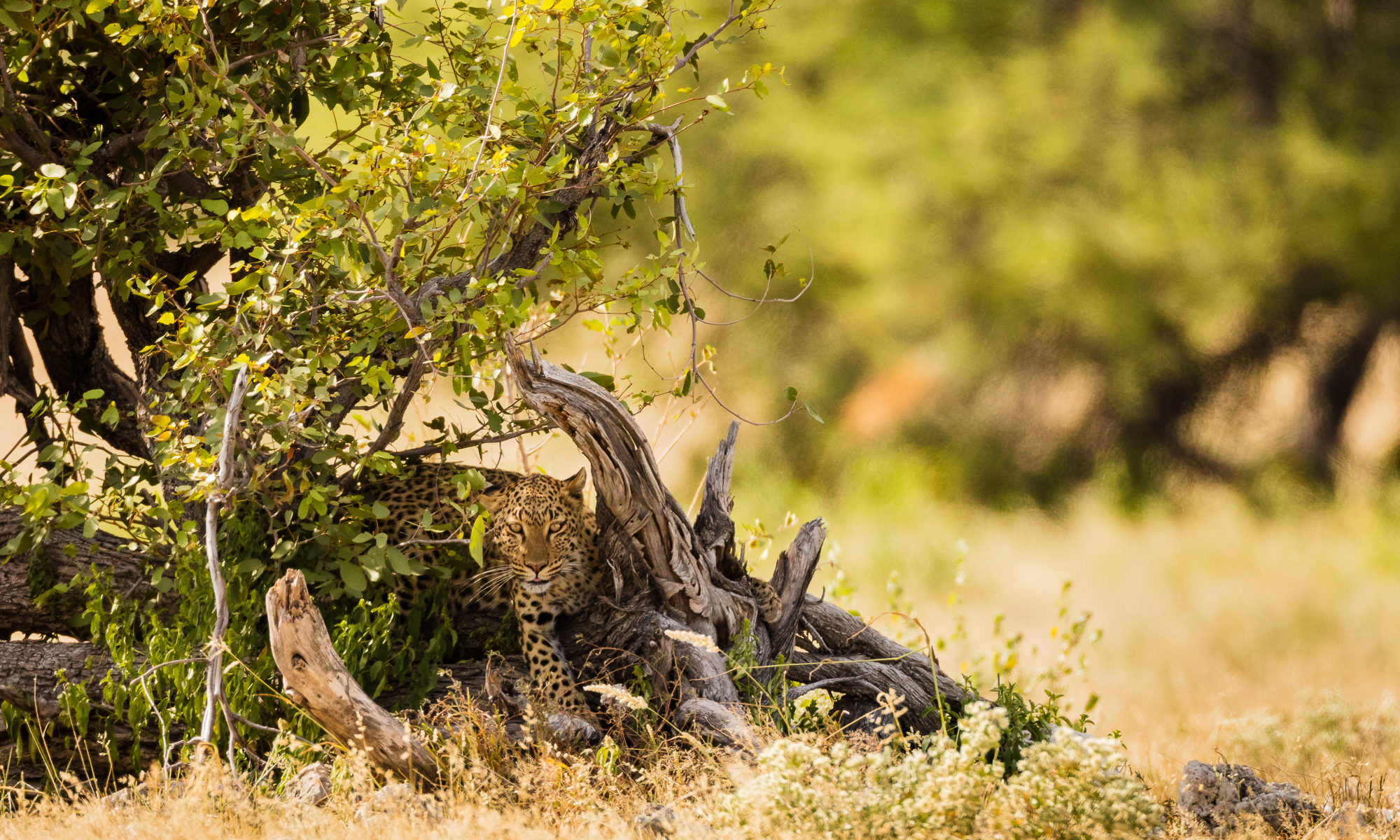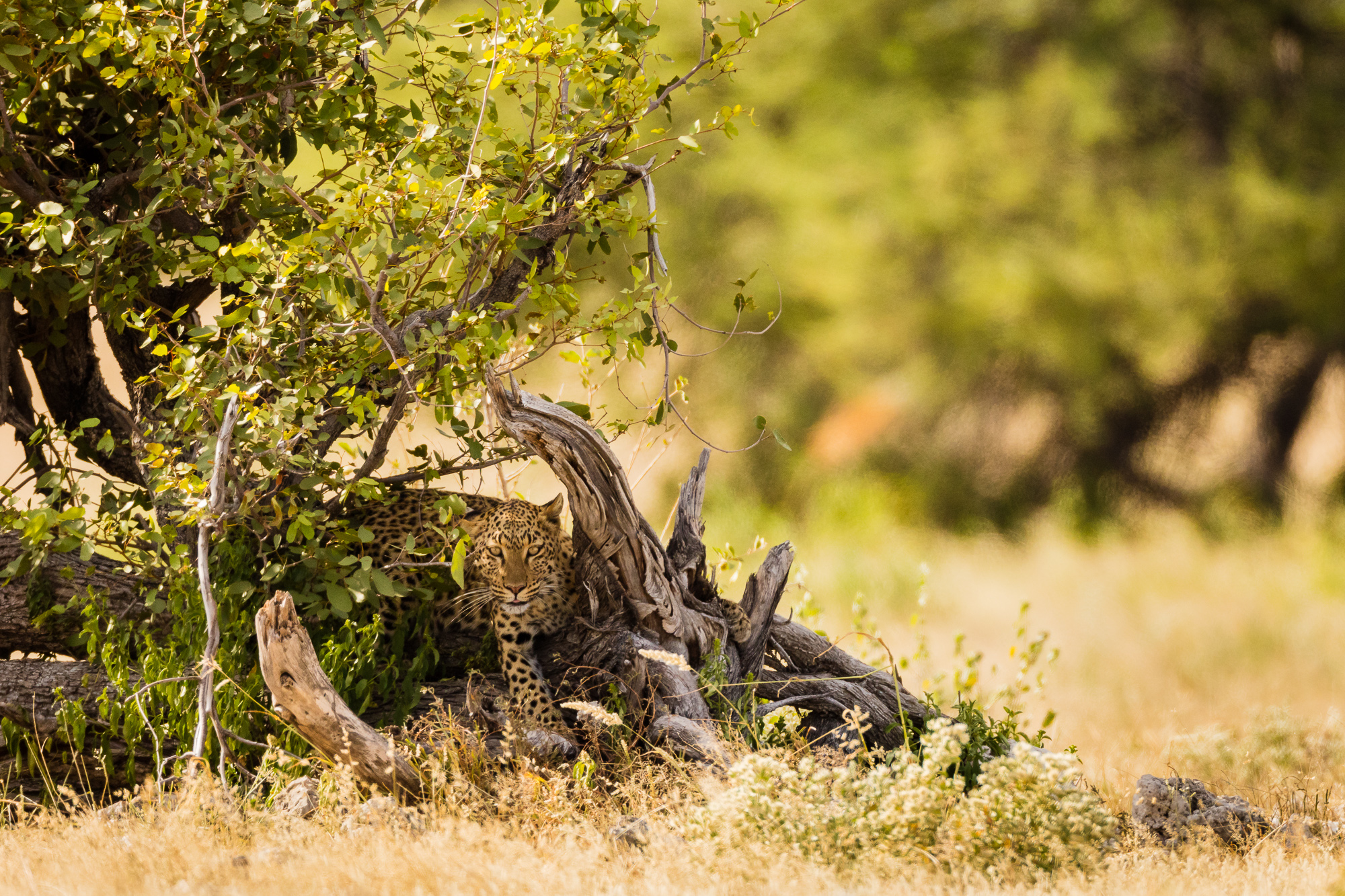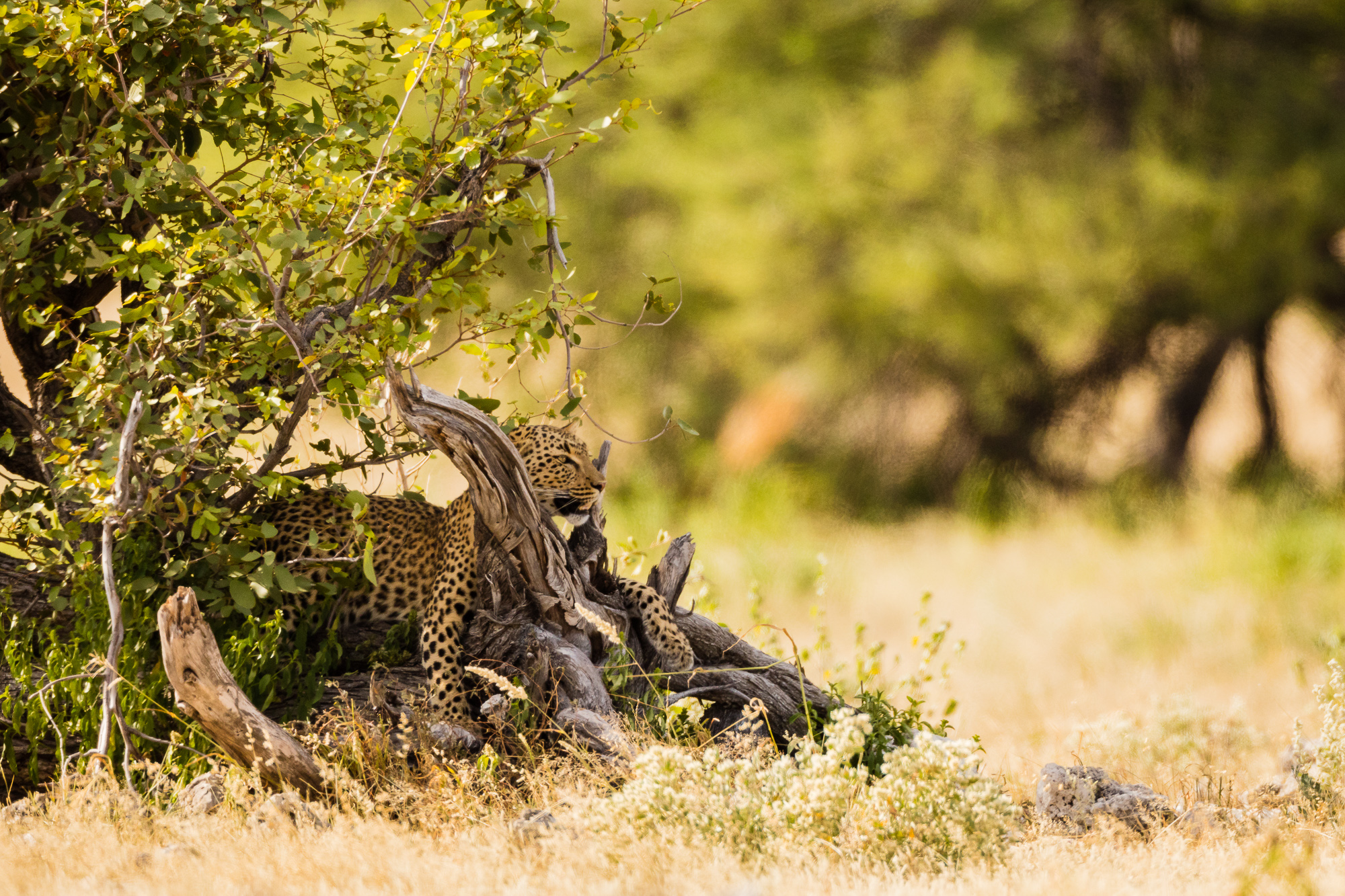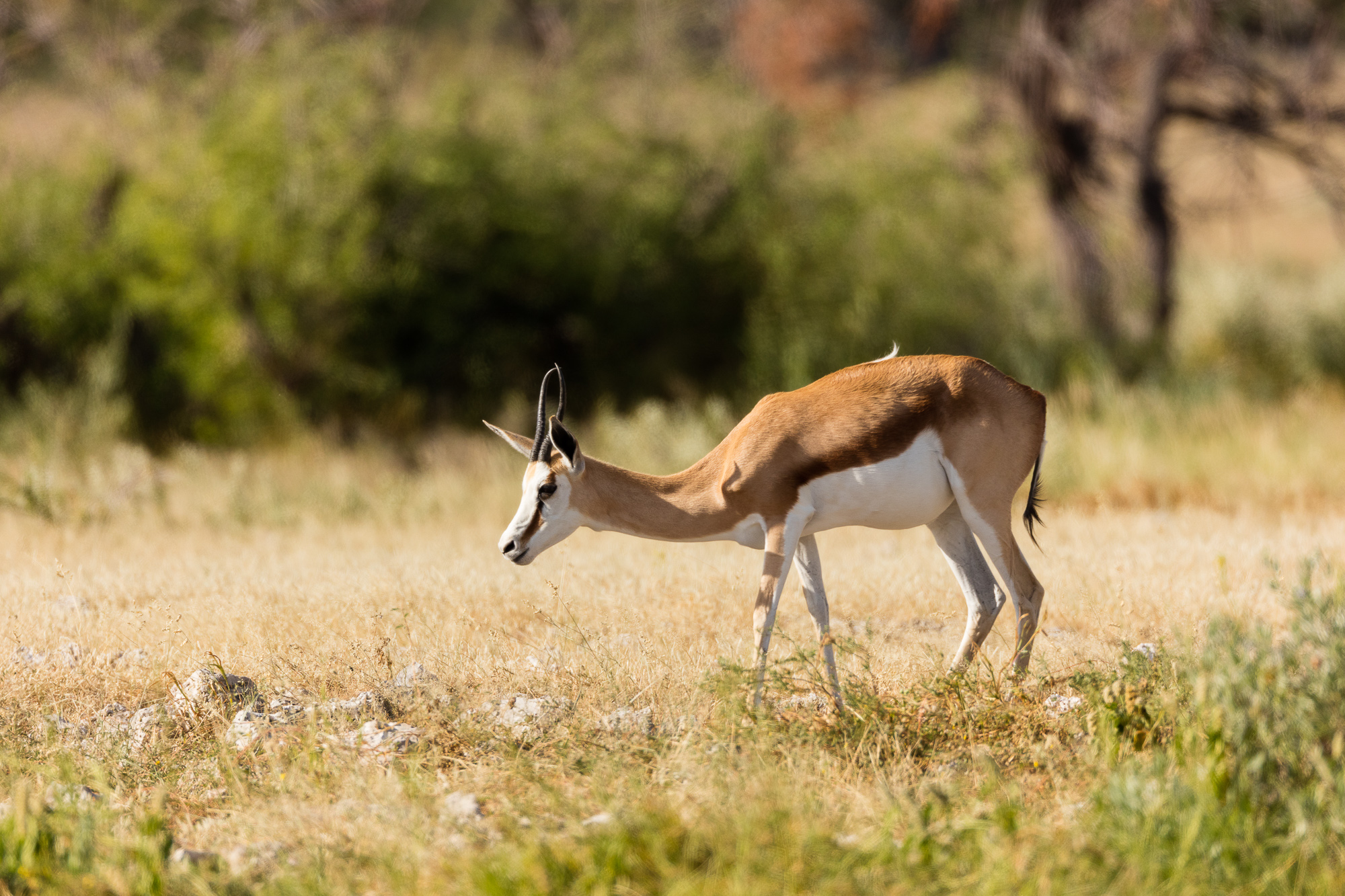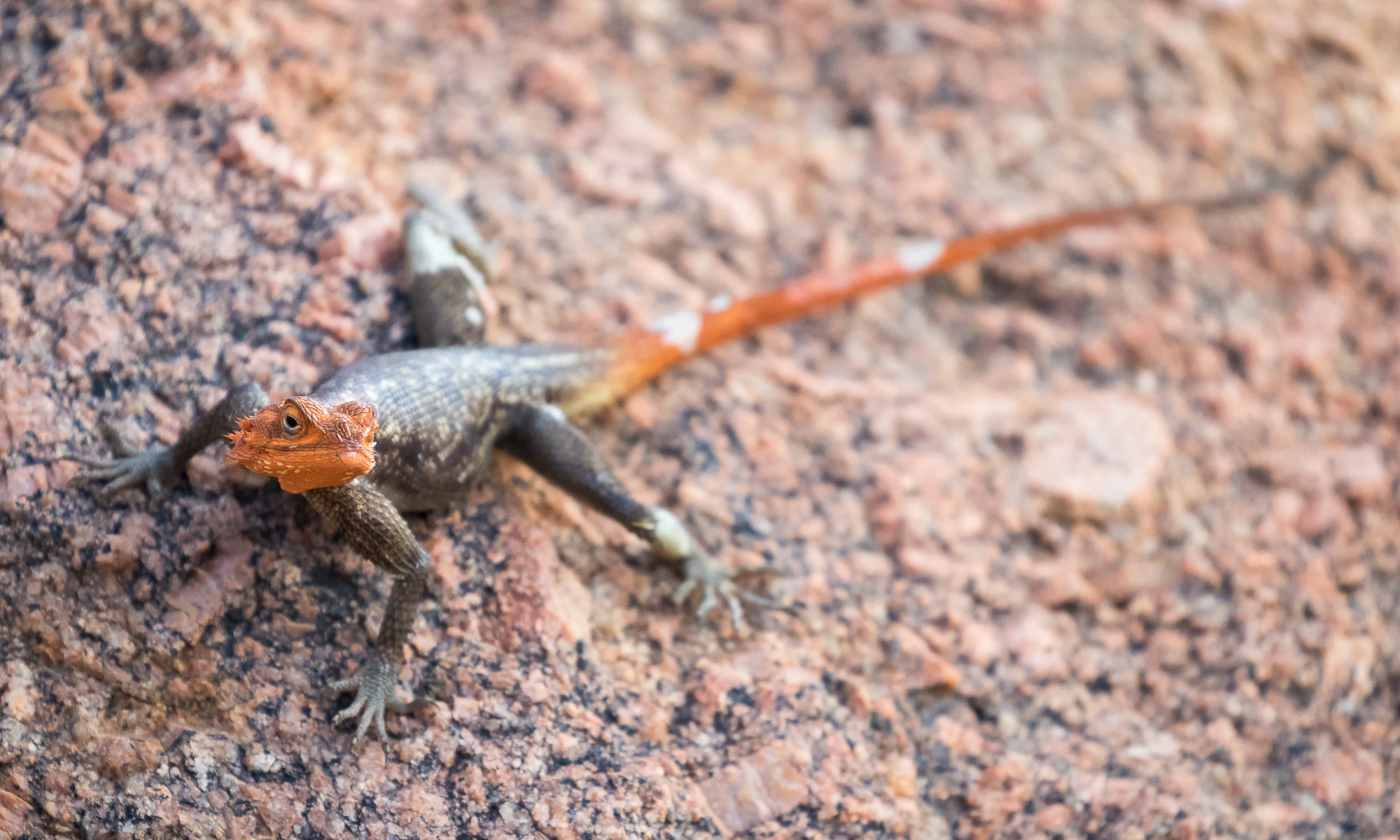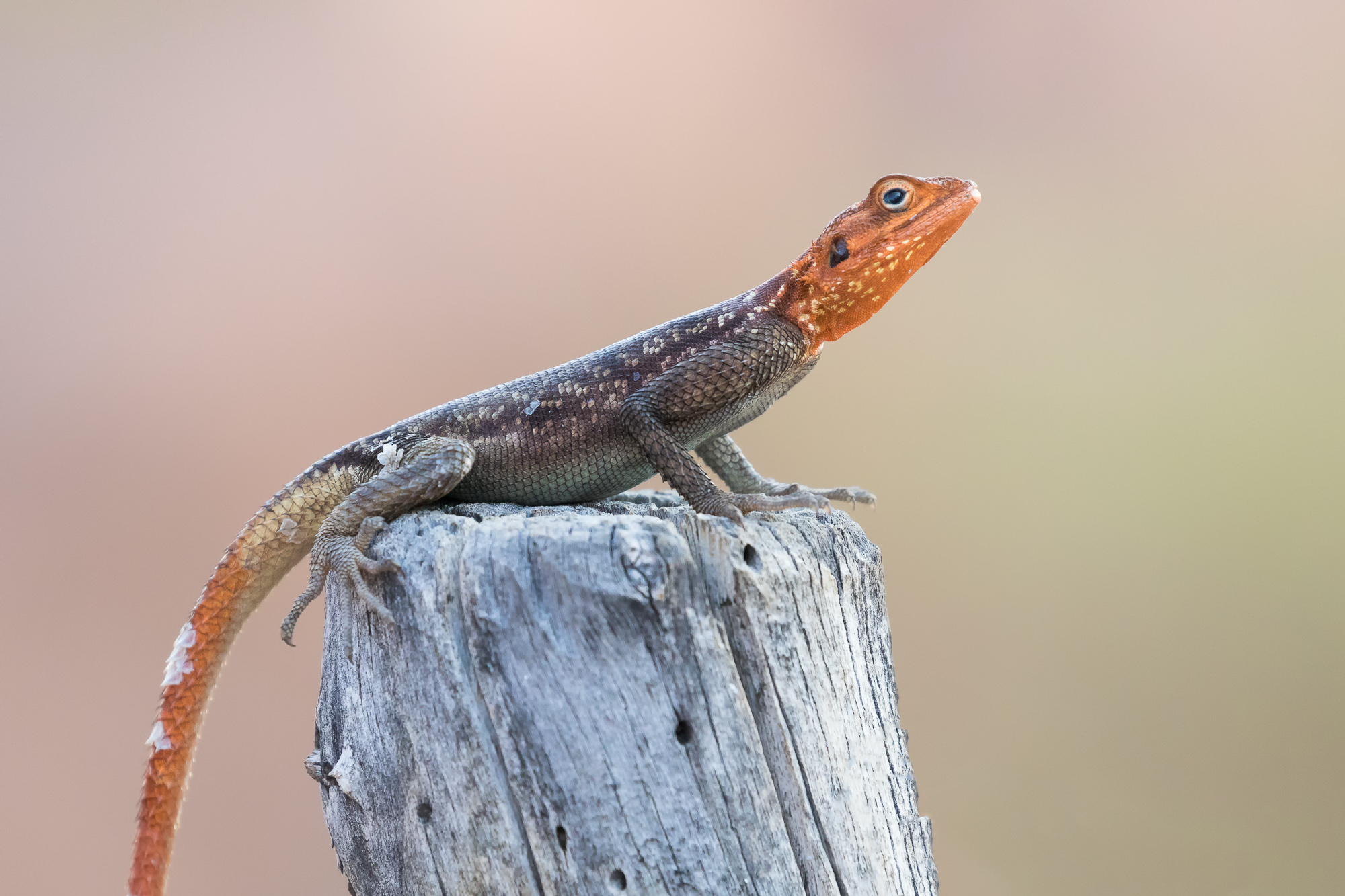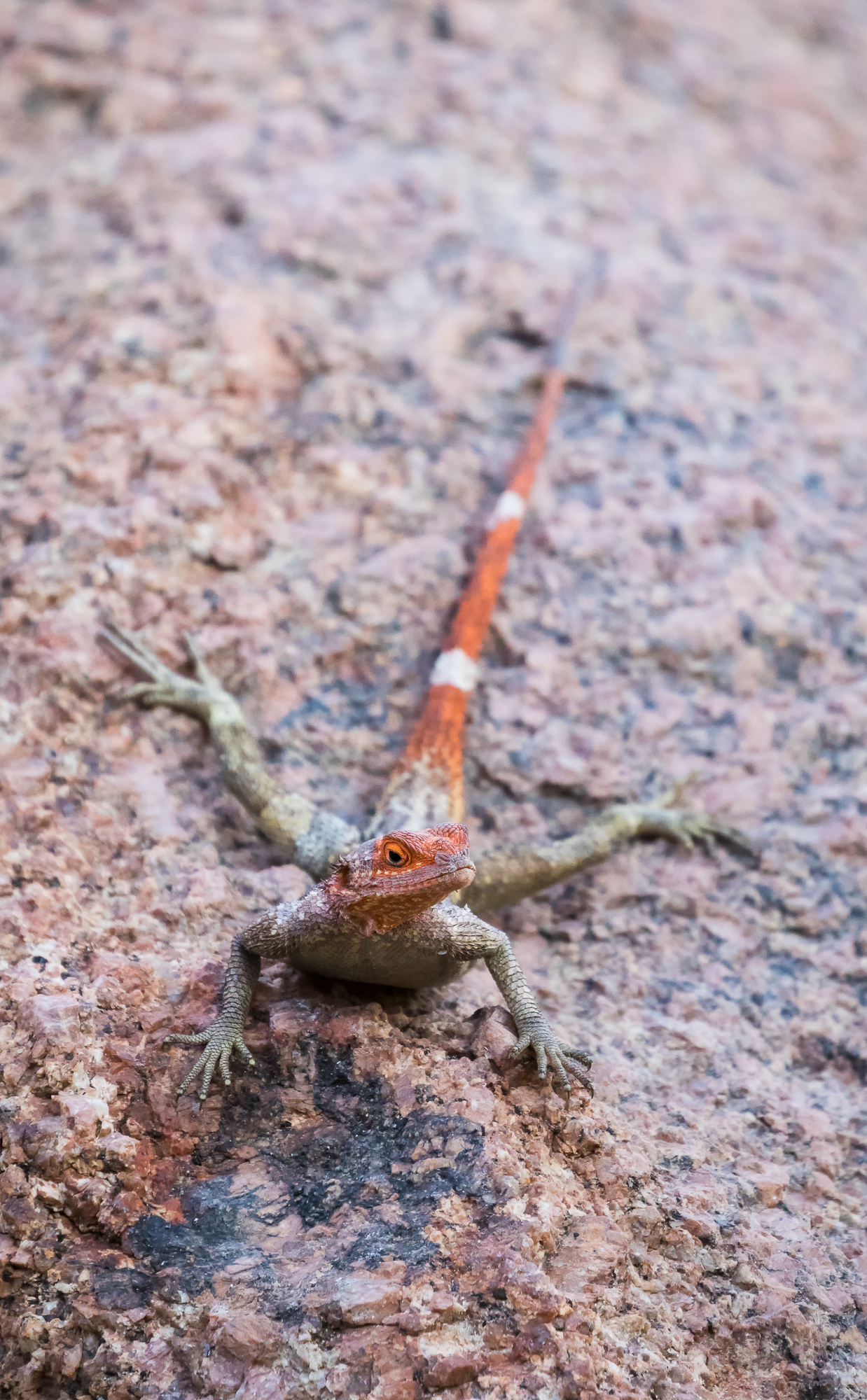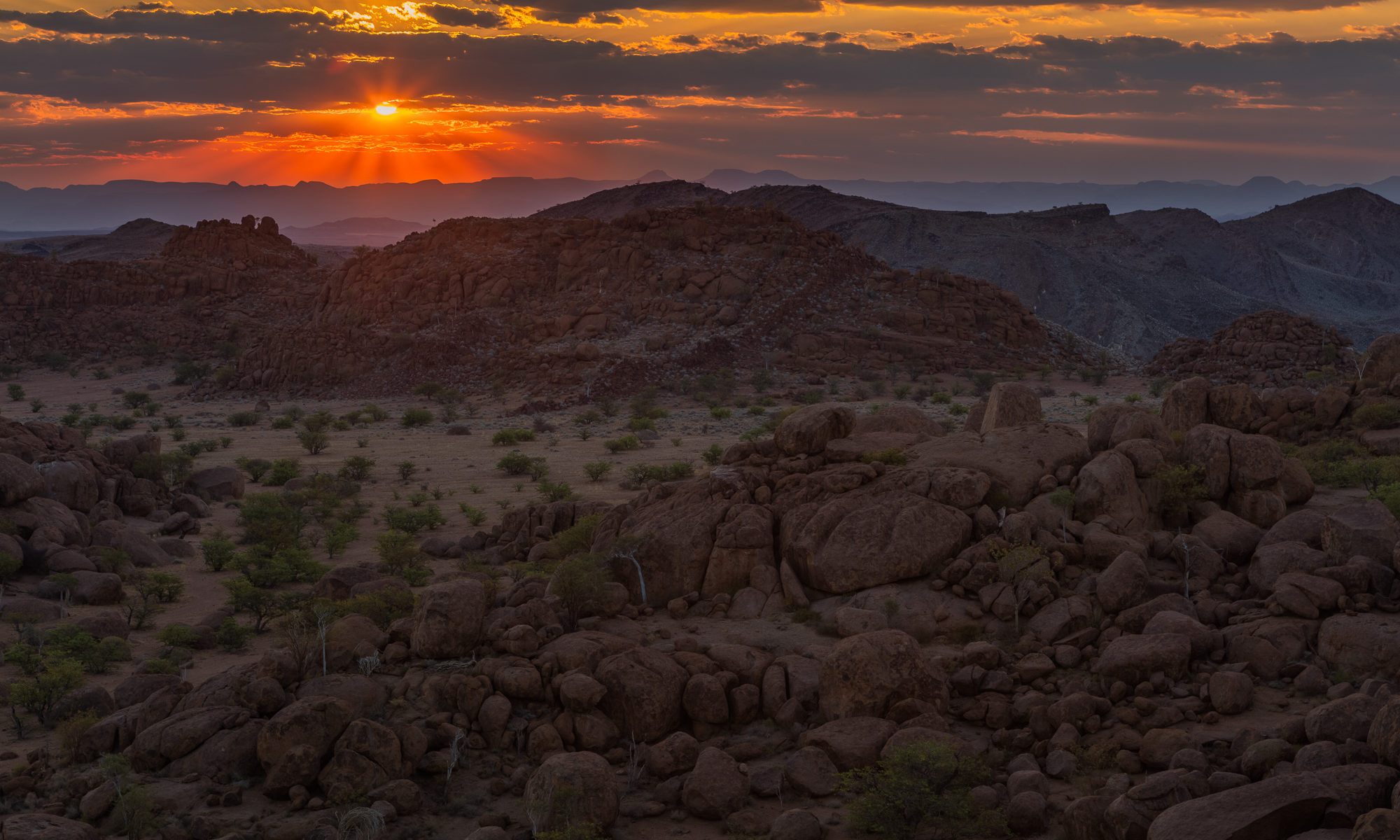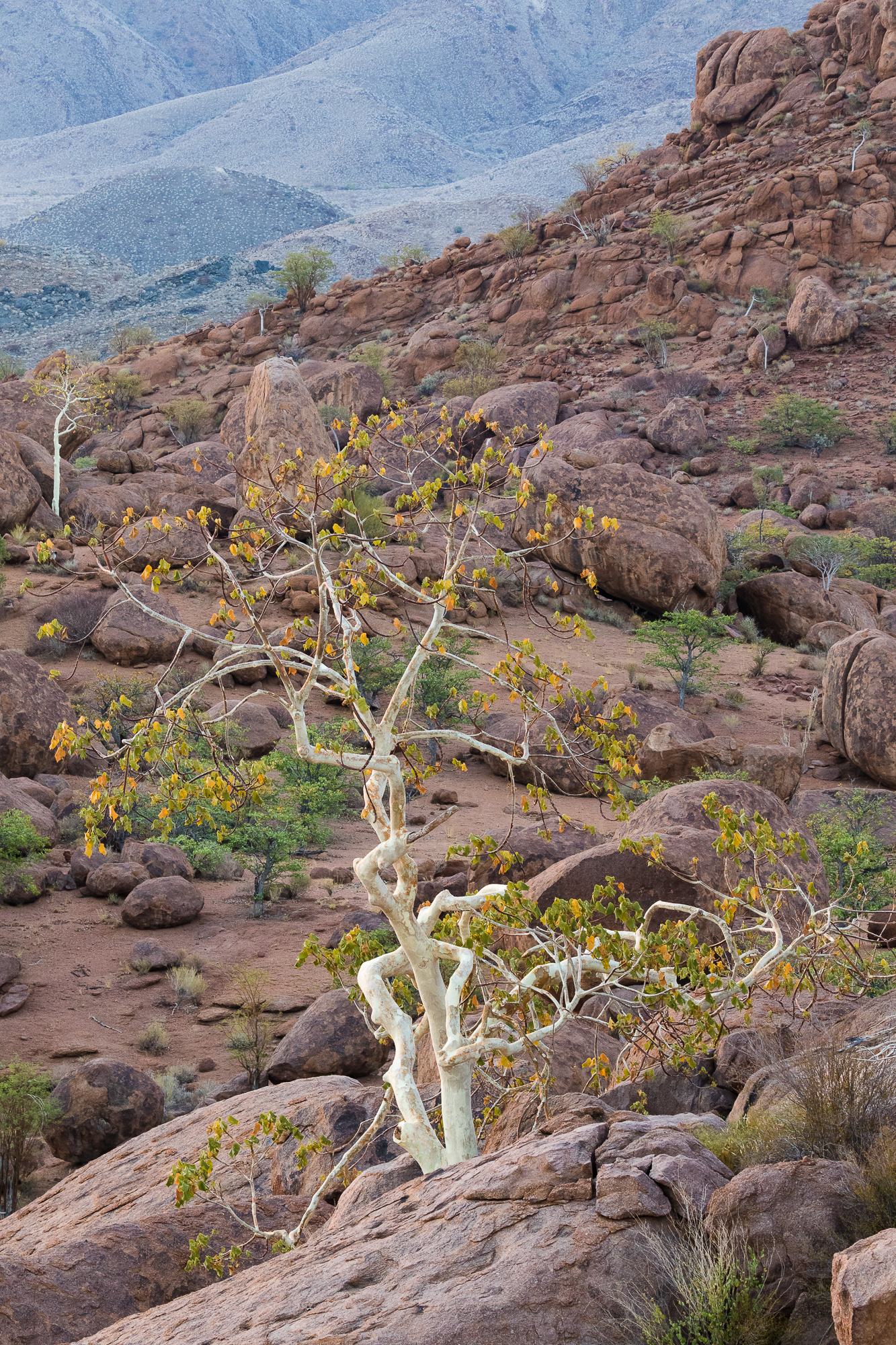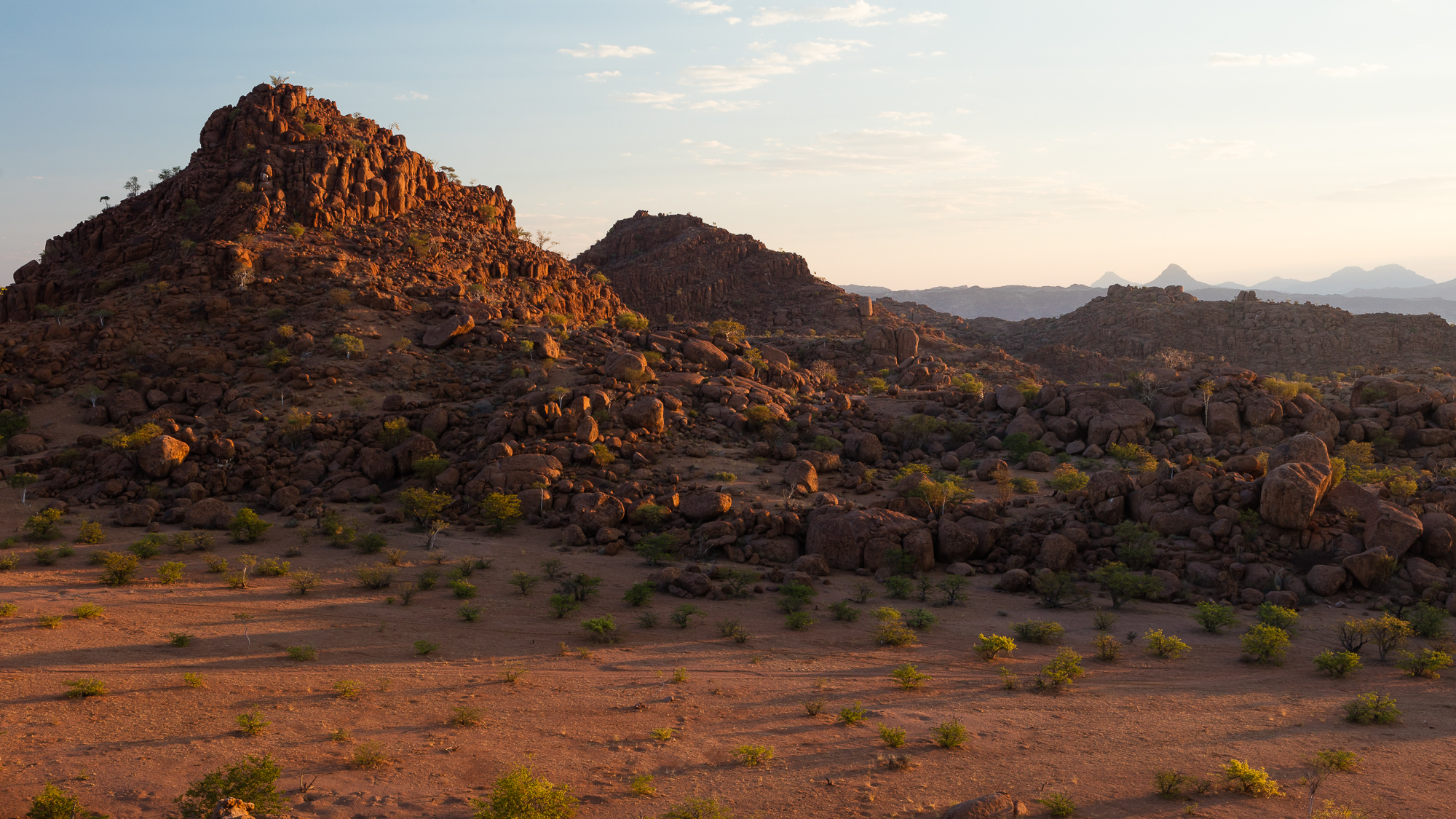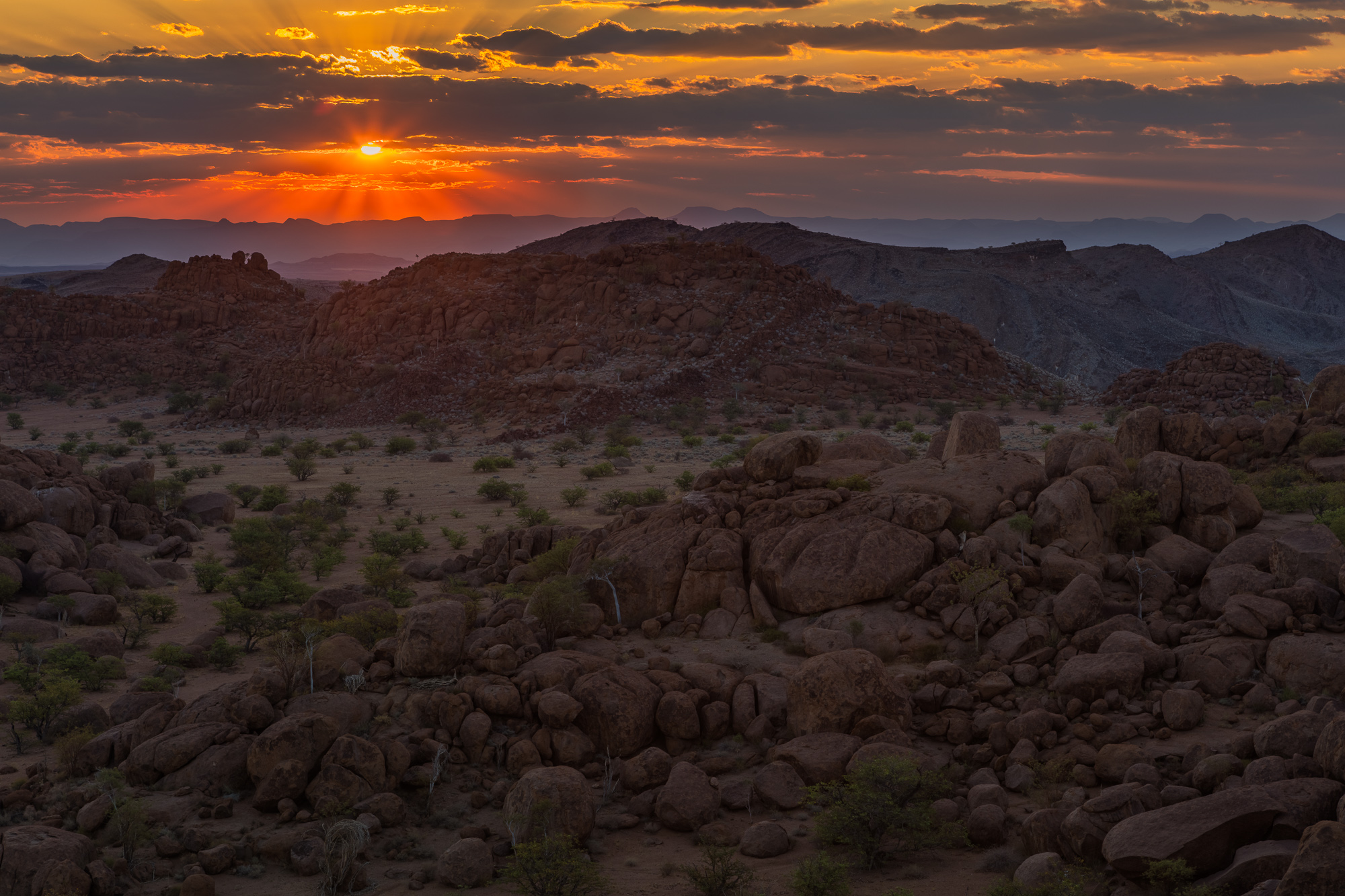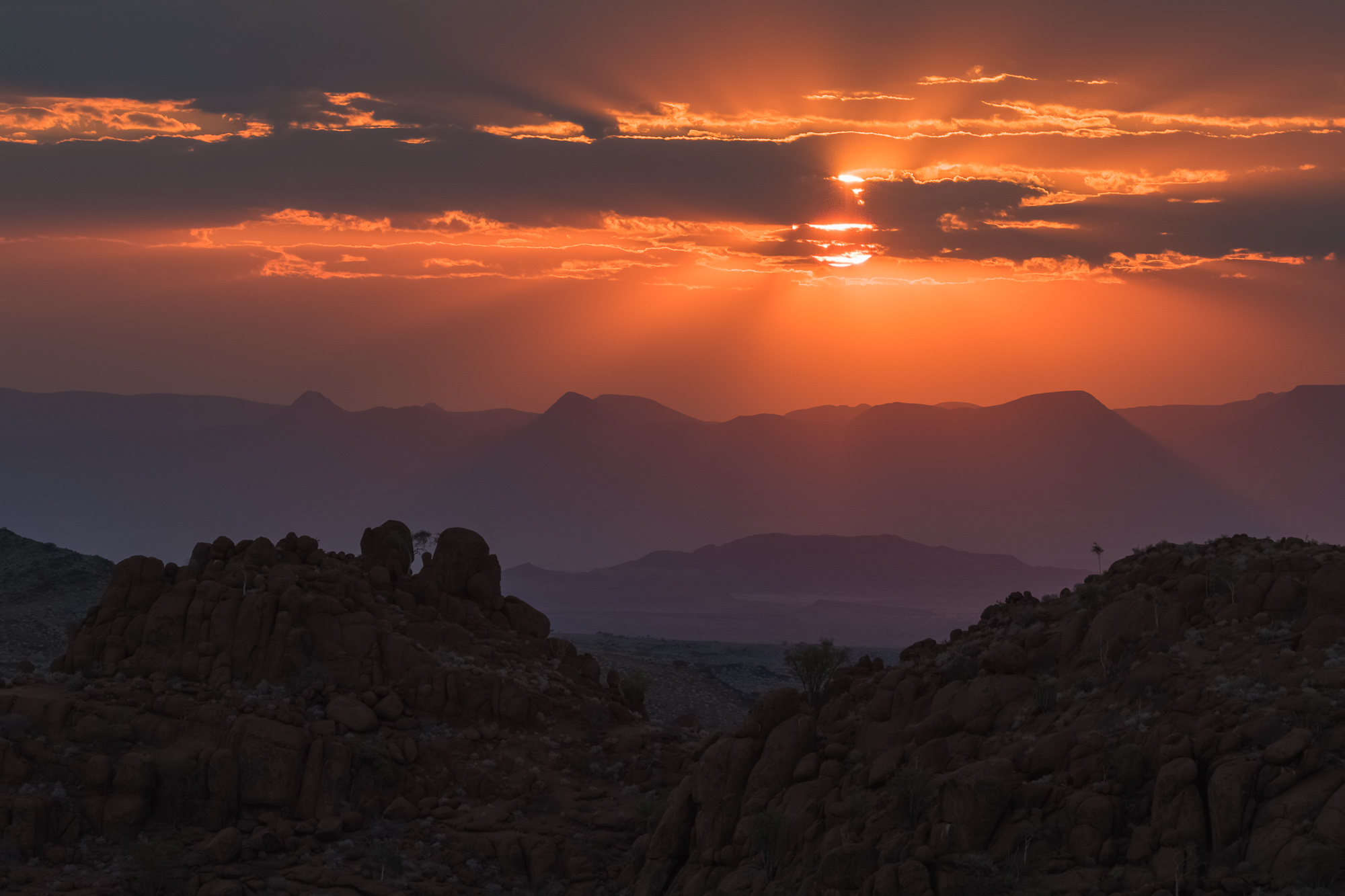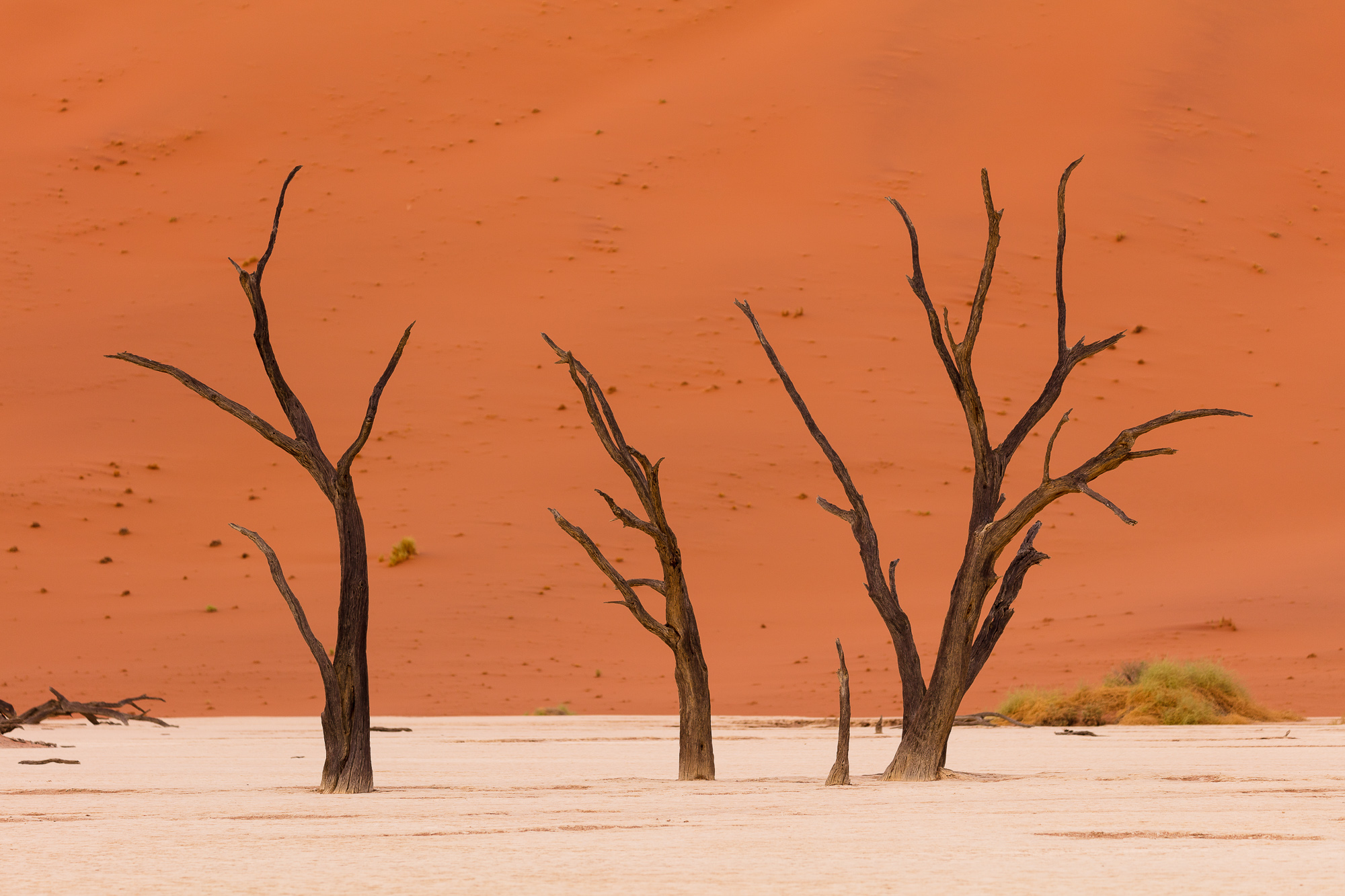
Welcome to Deadvlei, one of those mystical places on earth that simply takes your breath away. There are a few places in the world that have spoken to me this way – whether it’s 5,000 year old Bristlecone Pines clinging to life on a windswept mountain slope, or morning sea fog rolling through a quiet stand of old growth California coastal redwoods (why do these special places always seem to involve trees?). Deadvlei is certainly one of those places.
Deadvlei is a dry and dusty river bed, located in the heart of Namib-Naukluft National Park, Namibia. Deadvlei translates to “dead marsh”, taking the Afrikaans word vlei, meaning a seasonal pond or marsh. This area once lined the banks of the Tsauchab river, flooding at times of abundant rainfall. Around 600 to 700 years ago, a great drought hit the region, drying up the river. Blowing sand encroached upon the flood plain, blocking the river’s path and forming the massive dunes that cover the land today. The camel thorn trees that grew in this marsh died, but due to the extremely dry climate, none of the wood decomposed, leaving skeletal husks still standing for hundreds of years. Centuries spent in the hot African sun have scorched the remains into blackened ghosts.
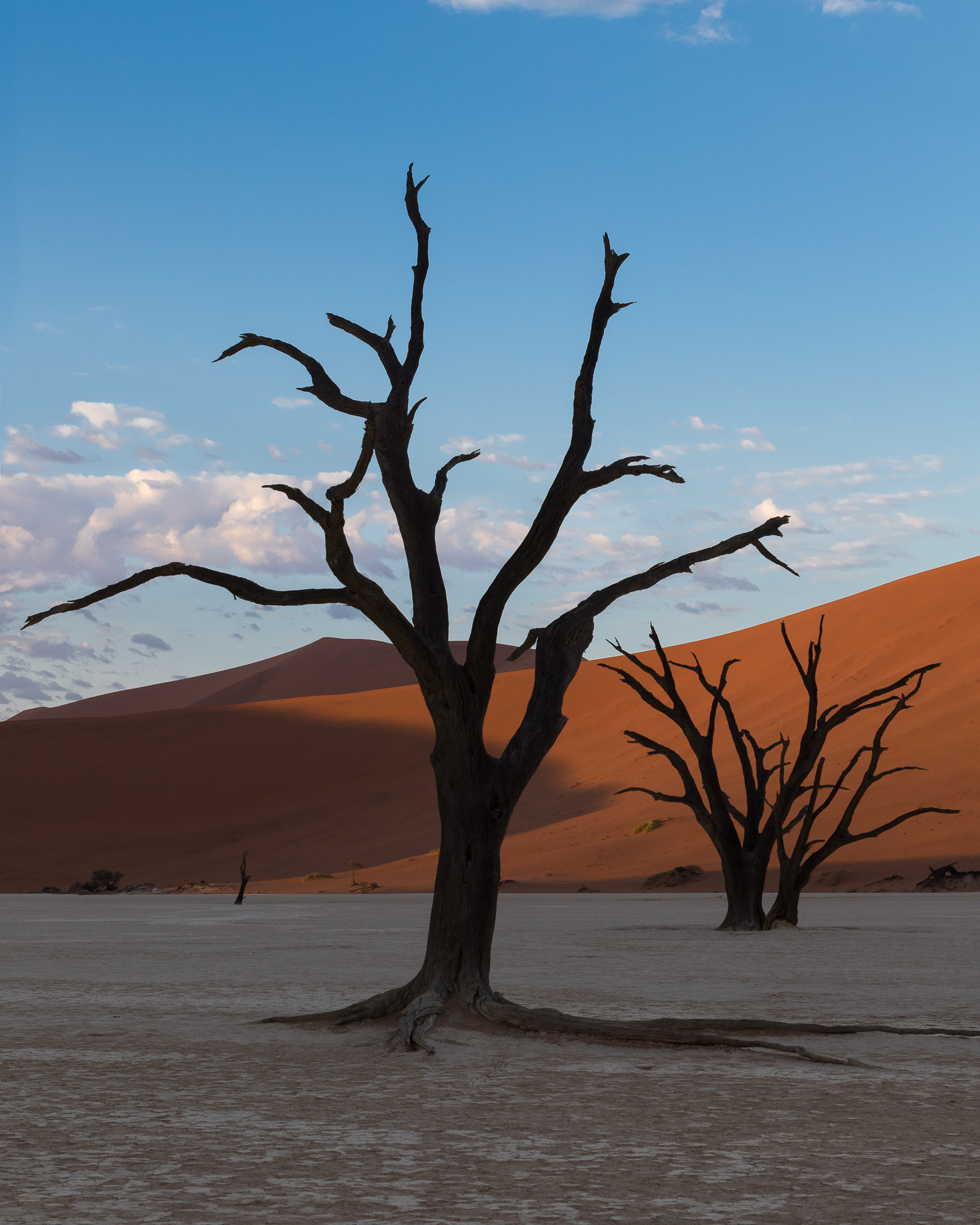
In order to do an on-sight scout and be ready for the light, I arrived before dawn. This involved rising about 4 AM, hopping in a hired safari vehicle (with giant tires) and taking the 45 minute ride among the largest dunes in the world. The asphalt road soon turned to dirt, which turned to sand. Low tire pressure, 4-wheel drive, and high clearance are all musts in this area – no sedans allowed.
From the drop off, it was a 15 minute hike into the dunes before I topped a rise and saw Deadvlei down below me, surrounded on three sides by immense walls of blood red sand. The tallest point is south east of the clay pan, nicknamed Big Daddy. Standing over 1,000 feet tall, it towers above everything else in the area.
I did a quick scan from my vantage point before descending to a stand of trees. I set up a composition, and waited for the light.
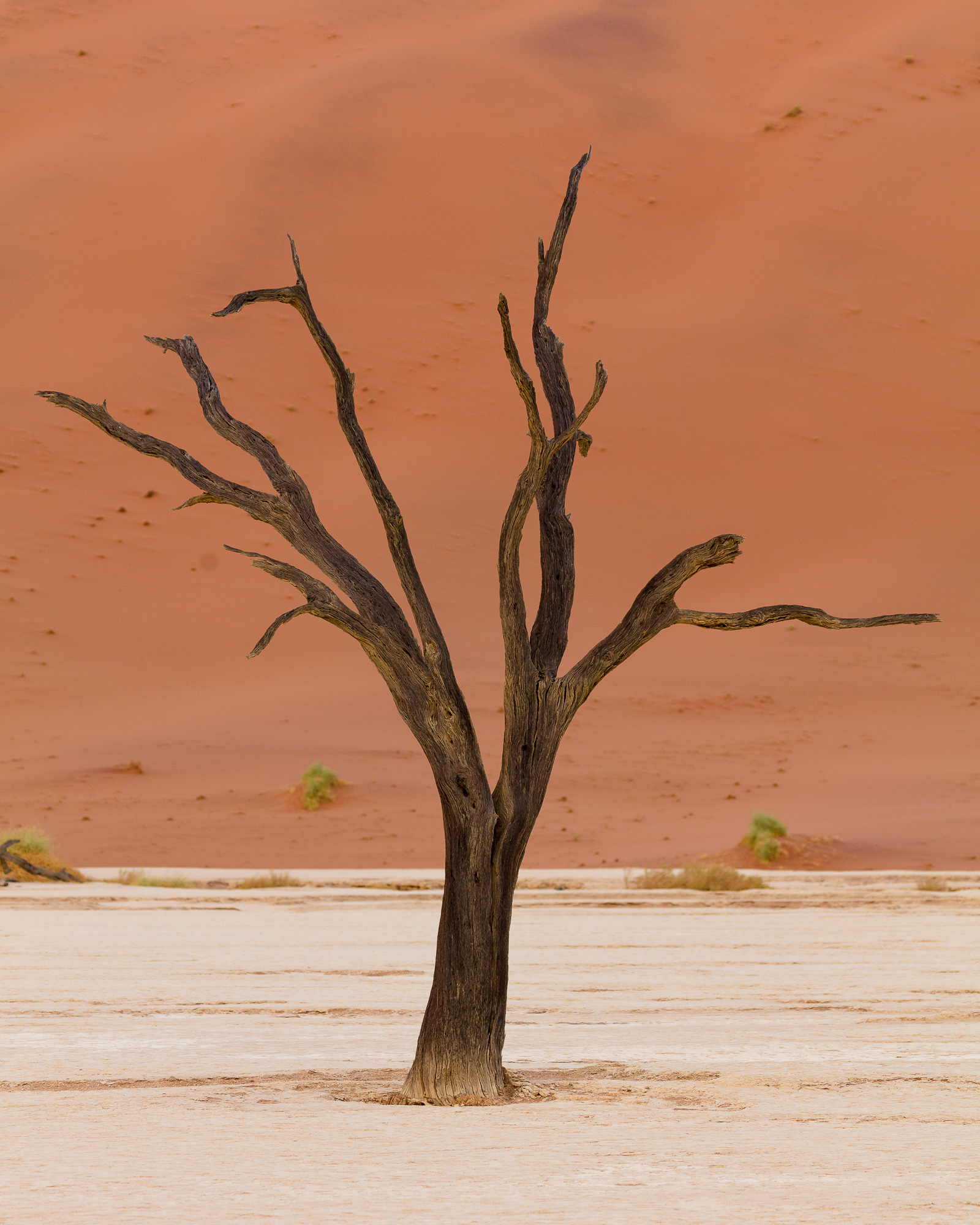
Based on my trip research, I knew much of my shooting at this location would be a study of form and separation. Before I set up for any particular shot, I spent a lot of time looking for the right composition. I needed to avoid unnecessary converging lines, and try to separately my subjects from each other. I would walk around clusters of trees, trying to discern how I would render three dimensions onto a flat, two-dimensional plane.
I imagined the trees in silhouette, reduced to graphical elements of lines and shapes. I moved forward and backward, up and down, trying to find the angles that would convey the subjects in a compositionally elegant manner.
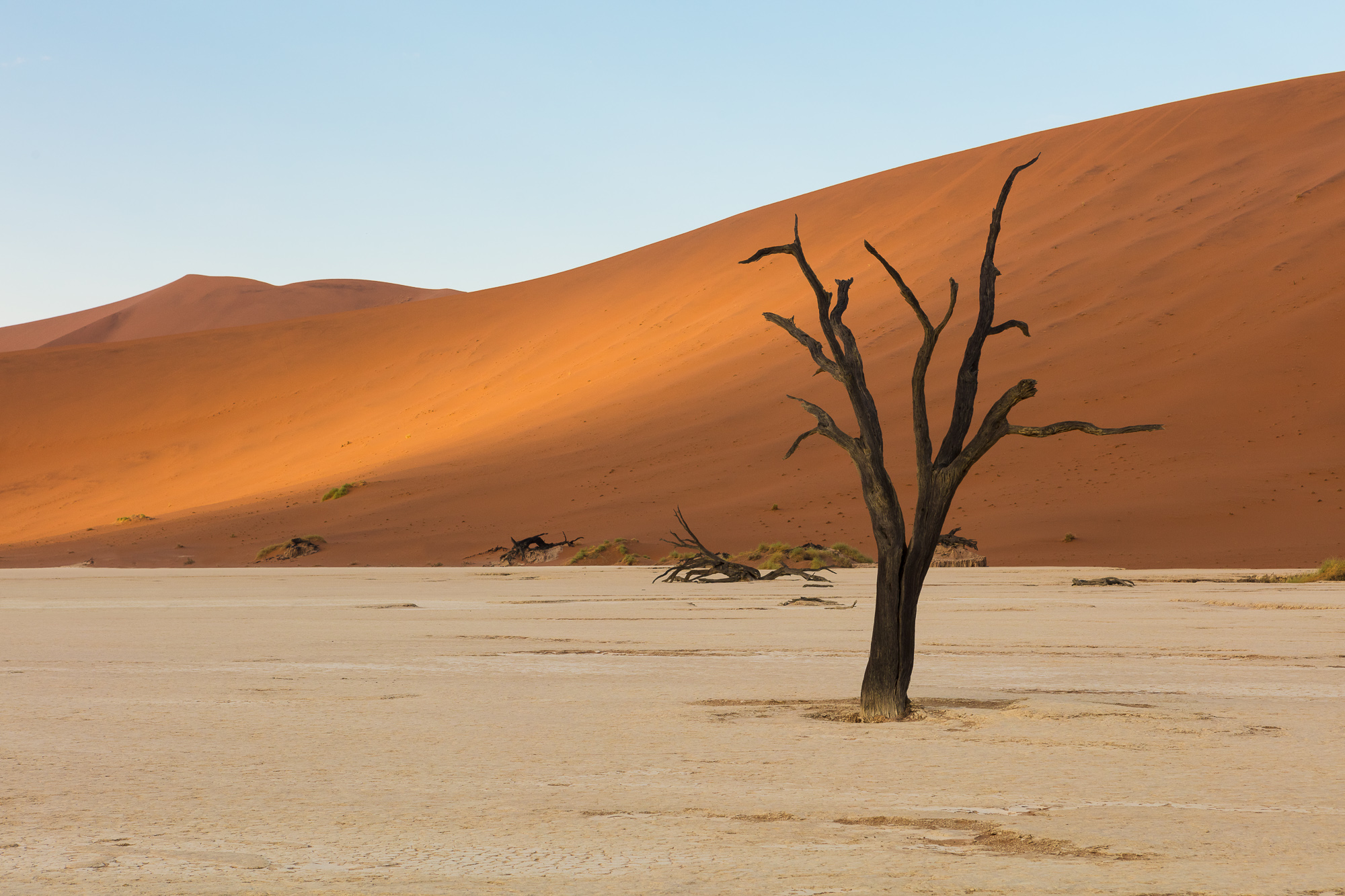
The sun moved higher in the sky, spotlighting parts of the landscape through lazy clouds. I looked for new patterns that the light played out across the desert surface.
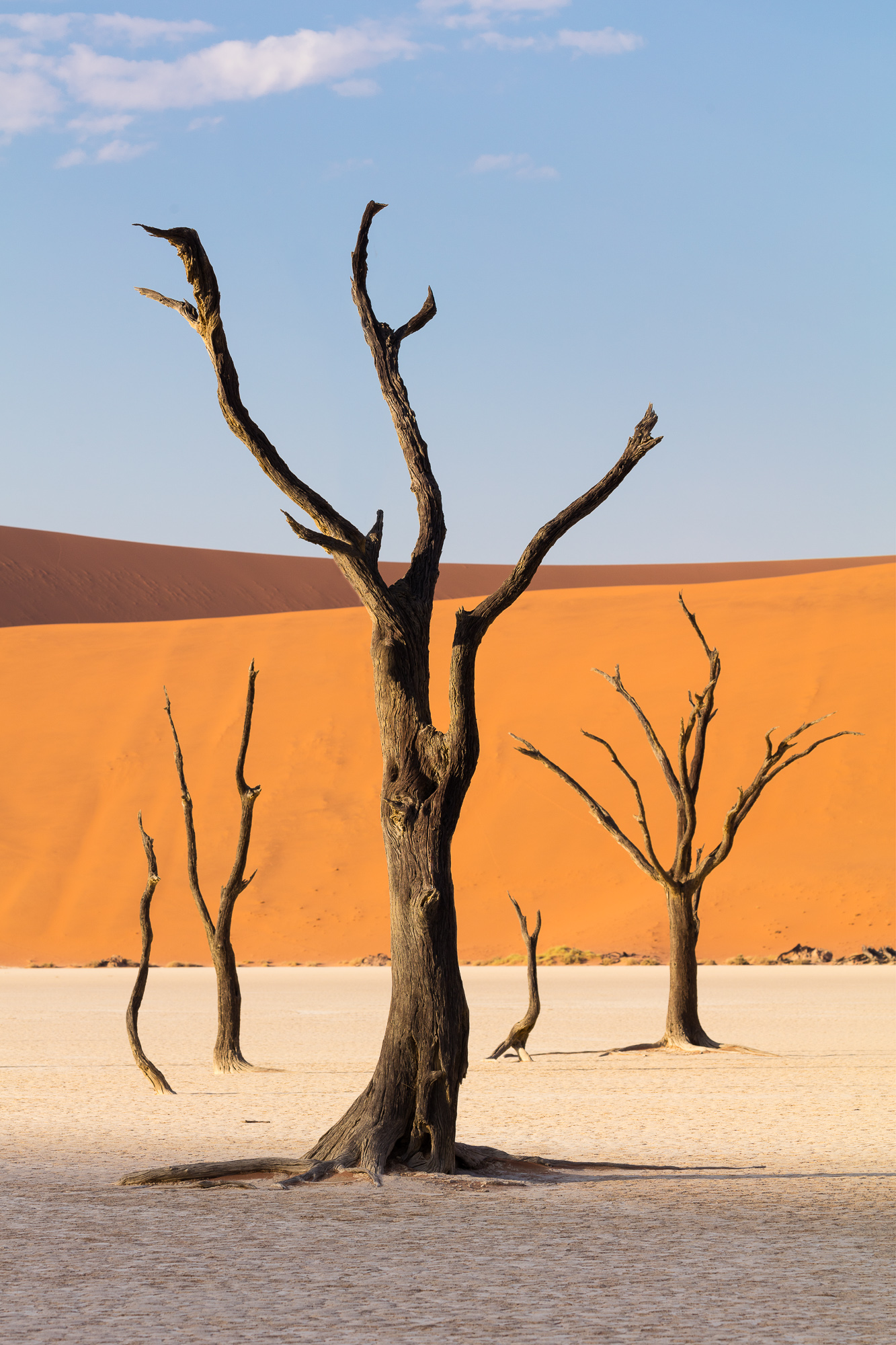
As the desiccated trees moved from shadow to light, their dark forms contrasted against the bright ground and red sand, emphasizing the graphical nature of the scene.
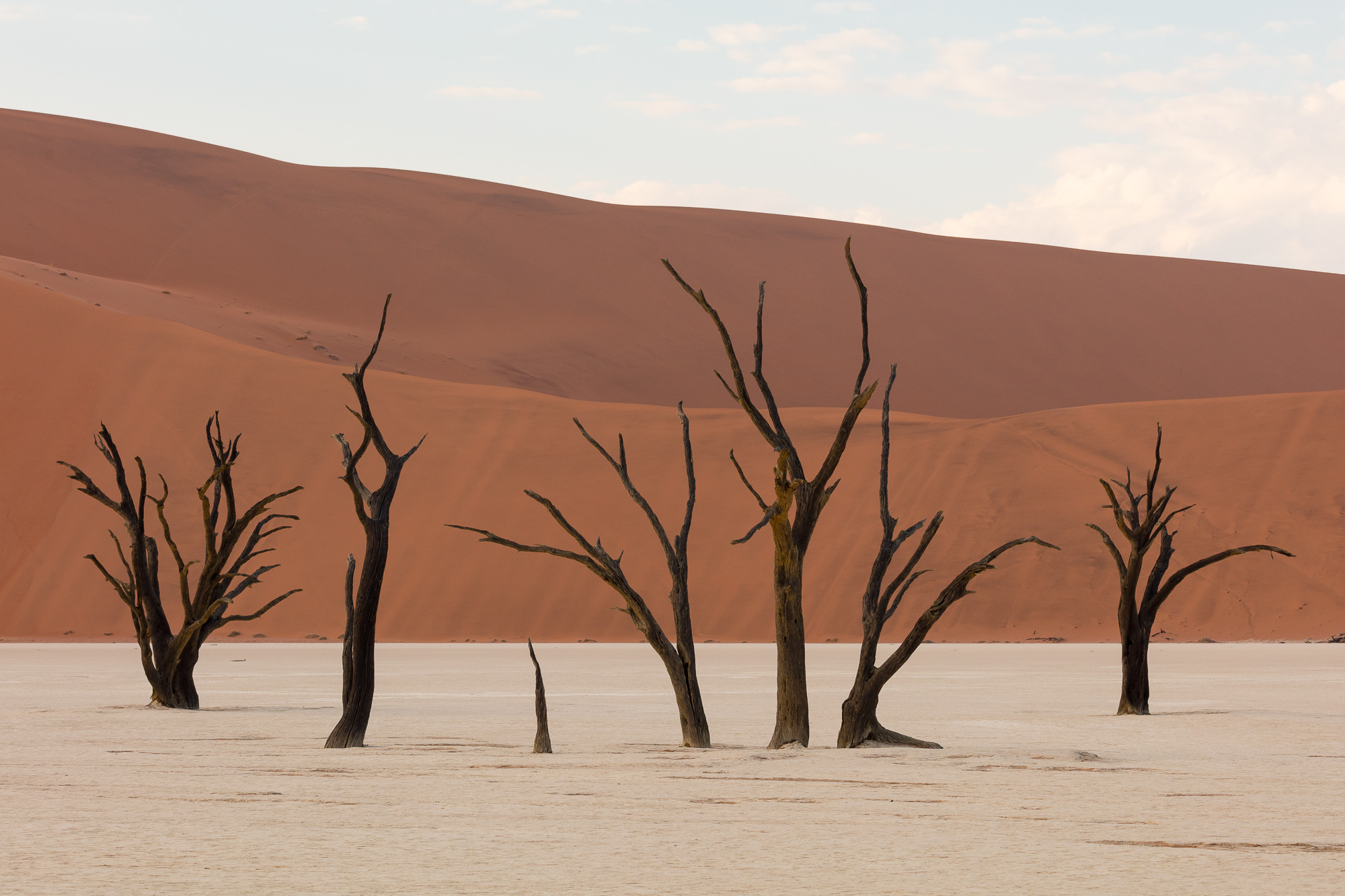
This is a place I’ve wanted to visit for a long time. As I was standing in that dusty, dry, ancient river bed, I could hardly believe I was there. I was half a world away from home, and my surroundings could not have been more alien. I truly relish these experiences. Being able to capture an area photographically and share it with others is rewarding, but there is nothing that could replace being there in person.

